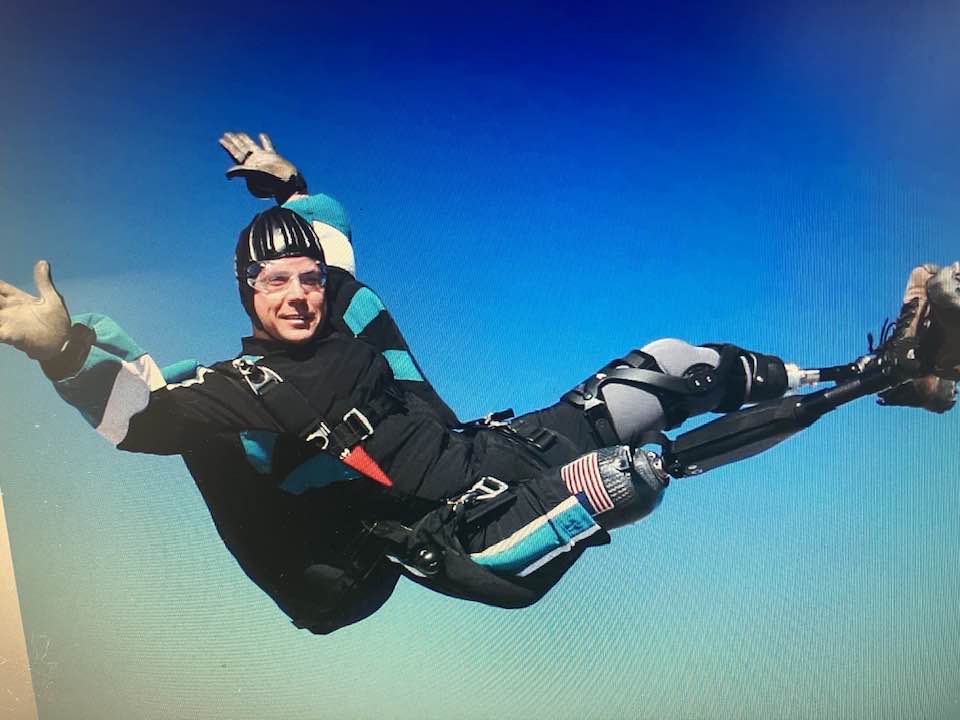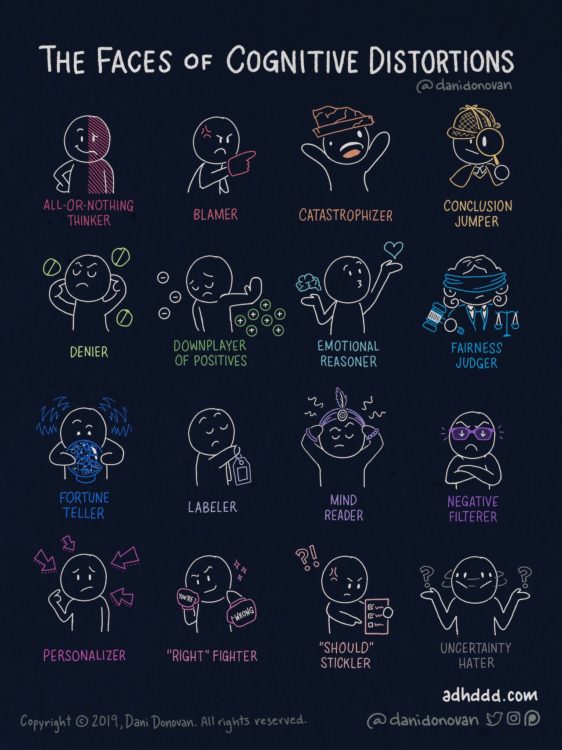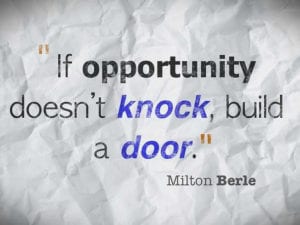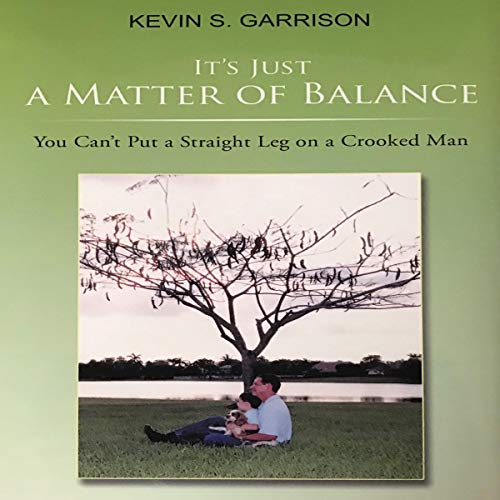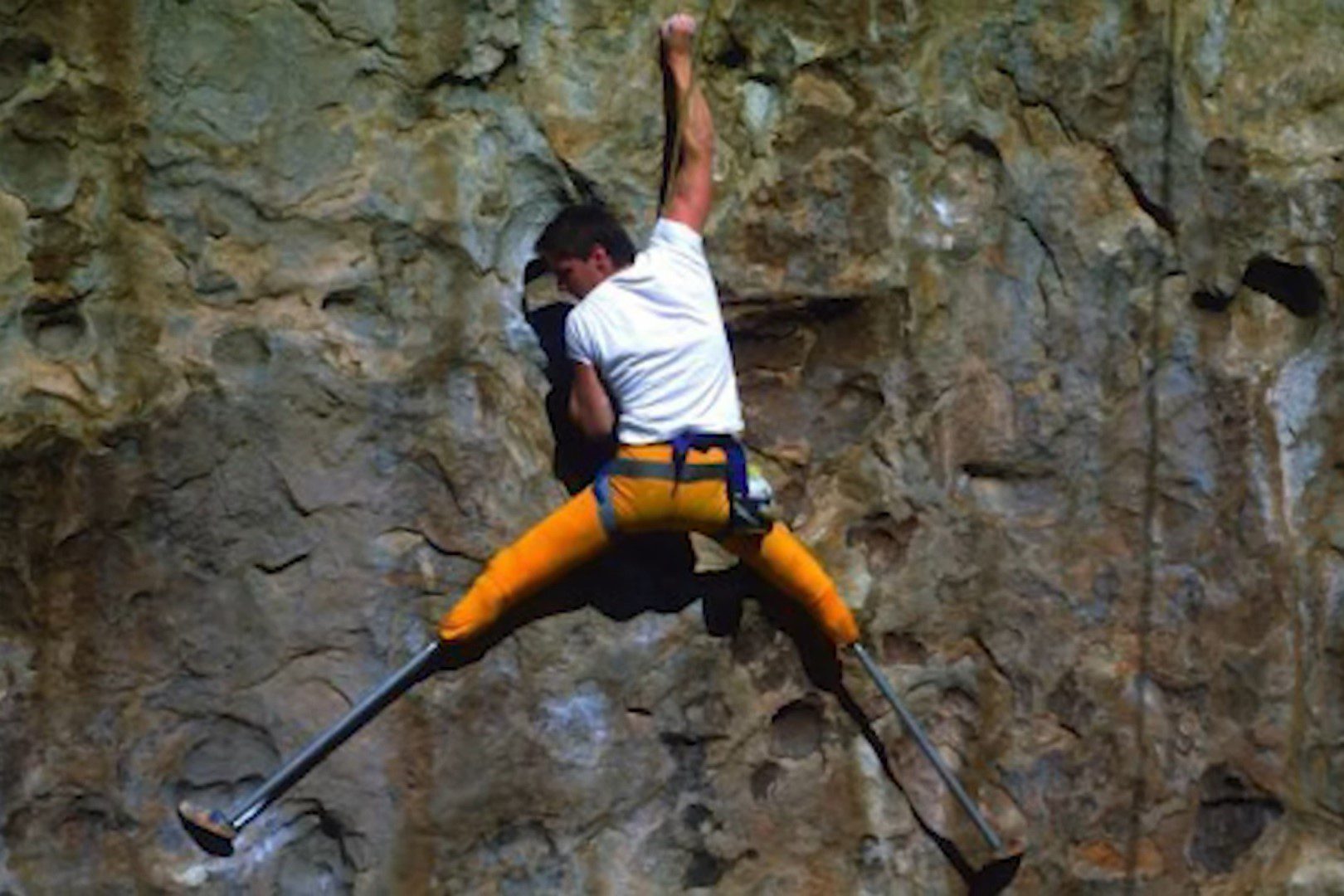
“Augmented not disabled“ are the words of Dr. Hugo Herr, who lost both legs as a teen in a rock-climbing accident, His vascular surgeon asked him what he wanted to do when he got out of the hospital. Hugh said, “go back to rock climbing.“ The surgeon didn’t think that was realistic. He didn’t know Hugo Herr. “There is a very interesting dynamic in how society views the human body, human ability, and human disabilities,“ Harr says. “My legs were amputated, and the whole world says,” Oh that’s such a sad story.“ Twelve months post-surgery, Herr started climbing better than he achieved before his amputation, climbing wall surfaces that no human has ever climbed. Then the narrative changes to,” You are cheating. You have an advantage!“
Child Prodigy to Legless Amputee
“By ten years old, I was considered a child prodigy“ Herr remembers, “I had national recognition for my climbing pride. By age thirteen, climbing is all I ever thought about.“ Jeff Batzer, his childhood climbing partner, adds that Herr was known throughout the United States as one of the best climbers at any age. In 1982 Herr and Batzer got lost in a rock-climbing expedition. It large group searched for them. Unfortunately, one of the rescuers, Albert Dow, was killed in an avalanche. After Herr was airlifted out of the wilderness with frostbitten feet that couldn’t be saved, he resolved to use the rest of his life to contribute to humanity in memory of Albert’s sacrifice.
Unstoppable Recovery
The prosthetic legs Dr.Herr was given in 1982 were so primitive that the sockets were made of plaster of Paris. His prosthetist told him never to walk on the limbs without crutches or plaster cracks. However, the clinician never prohibited rock climbing, so Dr Herr and his brother returned to the Pennsylvania cliffs, where they learned the sport of rock cleaning growing up. Herr taught himself to climb again. “I could barely walk,“ he says, “but once I was at the cliff gripping the rock with my fingers and toes. I just felt completely at home.“ By his return to the one thing that gave his life meaning, he was able to make a transformation from disabled to augmented. Recovery takes on a new meaning. Augmentation, not disability is the catchphrase.
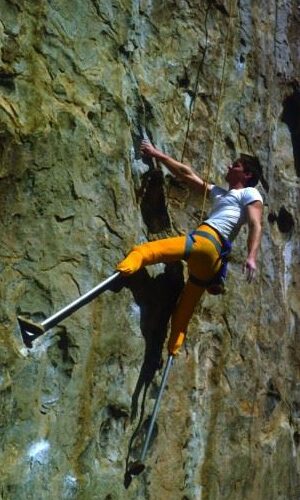
Guinea Pig to Rock Climber
Jim Ewing met Hugh Herr in the mid-1980s, a couple of years after Herr’s bilateral amputation. A self-described “climbing bum,“ Ewing used to scale cliffs in a pair of shoes that said “life sucks“ on the left sole. “and then you die“ on the right. One day Harr challenged him to justify that dark worldview. Ewing recalled, “What could I say to a guy who is a bilateral amputee?“ In 2014 Ewing shattered his left ankle in a climbing accident, ultimately leading to his below-knee amputation via Herr and Carty‘s method, now called “the Ewing amputation.“ It creates a tendon pulley system that promotes a stronger connection to the patient’s nervous system and a general feeling of greater limb control. Augmentation, not disability, is the goal.
Augmented Not Disabled
Augment not disabled is a paradigm shift. “The major problem we have in research is that the people who are doing the research or not the same people who are affected by the thing that they are researching,“ says Tyler Clites, a research aid who works on the Ewing procedure. Dr. Herr completely breaks that dynamic.“ Another student in Herr’s lab, Matthew Carney, sums up his marching orders this way, “give me better legs! Where at MIT, make me dance!“ Basic levels of physiological functioning should be a part of our human rights. Everyone should have the right to live without disability if they choose.“ Heer said in a TED talk. Dr. Herr coined the phrase,”Augmented, not disabled.“ to describe this paradigm shift.
